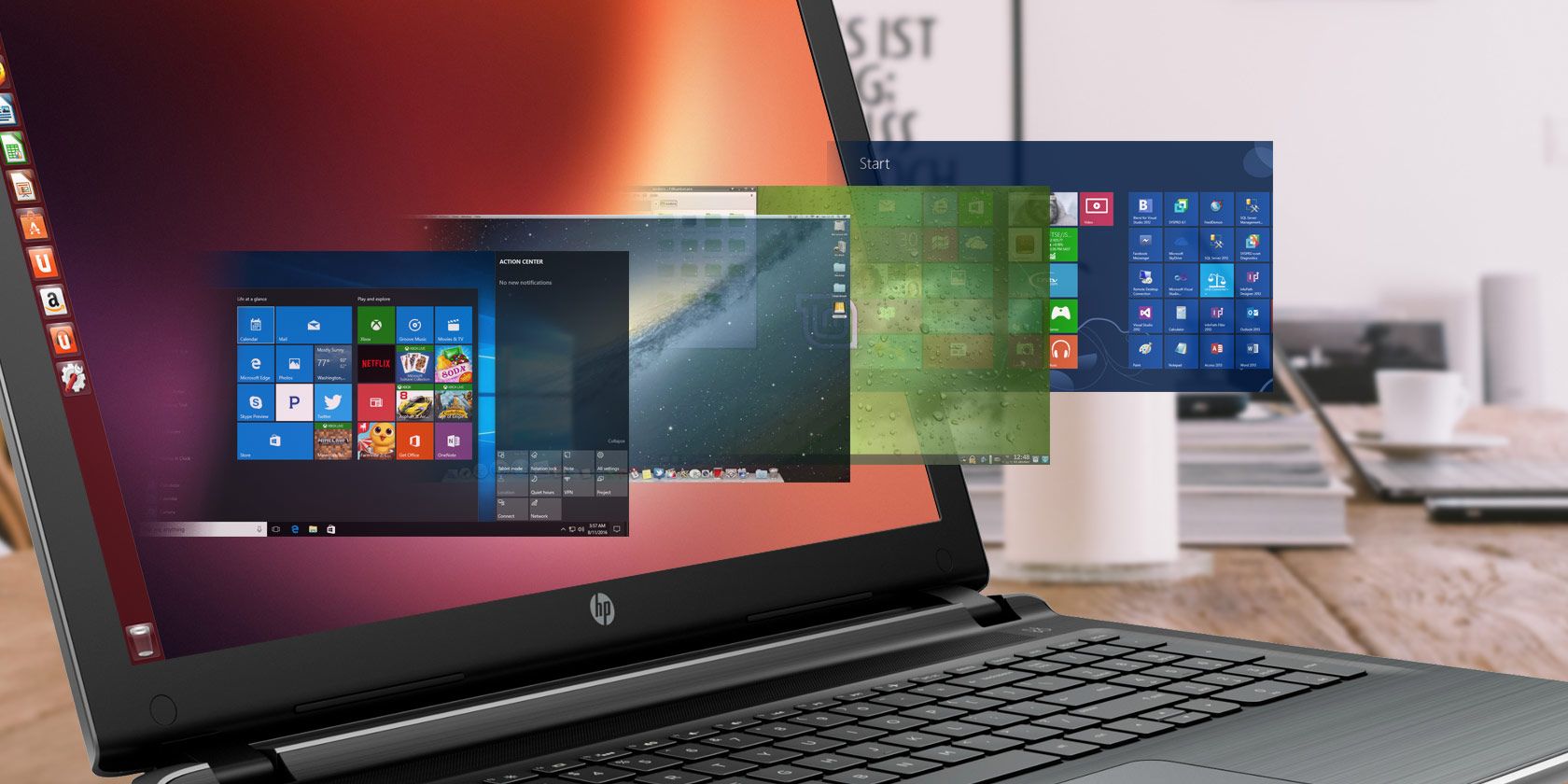Virtual Machines are an important standard for today’s infrastructure. They make it simple to manage, backup, snapshot to test changes, move, and restore. I doubt there’s a single sysadmin who hasn’t had at least some experience with virtual machines.
But not all hypervisors are created equal.
Microsoft is pushing their Azure HCI (Hyperconverged Infrastructure) to encourage users to put their containers in the cloud. (But they do offer some cool things; finally a Kernel Soft Restart for Windows!) AWS has a convoluted and fragmented dashboard to manage EC2, S3, route53, and IAM roles. These offerings are targeted toward enterprise infrastructure.
Small companies, however, can’t necessarily justify pricey subscription-based models, or afford a sysadmin with the requisite knowledge to handle all this. Sometimes, you just need to keep running that one Win32 application on it’s own server, and it doesn’t make sense to upgrade.
I think it’s safe to say, for small businesses, the on-prem or small colo server isn’t going away quite yet.
While many consulting companies may try to sell Microsoft services for their MLM-style meager kickback, citing “latest and greatest” and seeing every opportunity like a hammer sees everything as a nail, others take the opposite approach and continue to support legacy hardware and applications, saying, “if it’s not broke, don’t fix it”, or citing the clients’ needs as an excuse.
“If we would have asked people what they wanted, they would have said ‘faster horses’.”
— Henry Ford
Disaster recovery and business continuity is vital. It’s imperative that a sysadmin understands the bigger picture and properly guide the business to the best solution for their needs — whether that’s a once-a-decade upgrade, keeping operational costs down, or ensuring ease of continuity. Every business case may be a little different.
Quantum Leap Chicago prides ourselves on working with your business, not just as an on-call IT repair company, but to identify gaps in your technical coverage and help you decide what’s best, and bridging that gap. Contact us today!
Case Study: “The server is making that noise again!”
We have a client who runs a couple of business applications on a local server. One day they called, saying, “Hey, the server is making that noise again, and we can’t get on our applications!”
So we crack open the closet, and lo and behold: The dustiest server I have ever seen, a behemoth running ESXI 5, complete with IDE SCSI drives, 3 feet long, and weighing in at no less than 75 lbs.
Thankfully, the issue was a UPS battery issue — not the server itself. This time.
But the client started the discussion about their reliance on the server on how they want to go “serverless”. The clients are very eager to migrate “to the cloud” — not their existing 15 year old VMs, not their legacy application — but simply moving their business processes away from reliance on a single point of failure, and using web-based offerings to manage their business.
We worked with them to map out a process for this, and started helping them use the new offerings, and identifying if and how software meets their needs.
As part of their migration and continuity, we need to backing up and save the data from the server, including migrating files to the cloud and saving their legacy applications — without necessarily getting a new server or locking them into other cloud offerings.
How hard could it be?
Enter The Dragon
As we crack open the closet door, a cloud of dust bellows out. Sitting on the floor is the largest single piece of equipment I’ve ever seen, rivaling IBM servers in it’s stature. 3 feet long and a full foot wide, it weighs some 75 lbs, and runs warm enough that I wonder if there’s a nuclear core buried somewhere in there.
But it’s not the fearsome outside that has me worried. The internals are what’s really scary.
ESXI 5, SCSI IDE drives complete with jumpers to determine primary / secondary settings, using some ancient RAID controller. USB 1.0. DDR2 RAM.
While I’m no stranger to legacy hardware, I had no idea what awaited me in terms of sunsetting this thing. This is that story.
Stay tuned! In part 2 we’ll discuss why you should choose ESXI — and why you shouldn’t; alternatives and open source solutions; thinking outside the box; the value of persistence; my journey down the NFS rabbit hole; and the happy ending for all!

